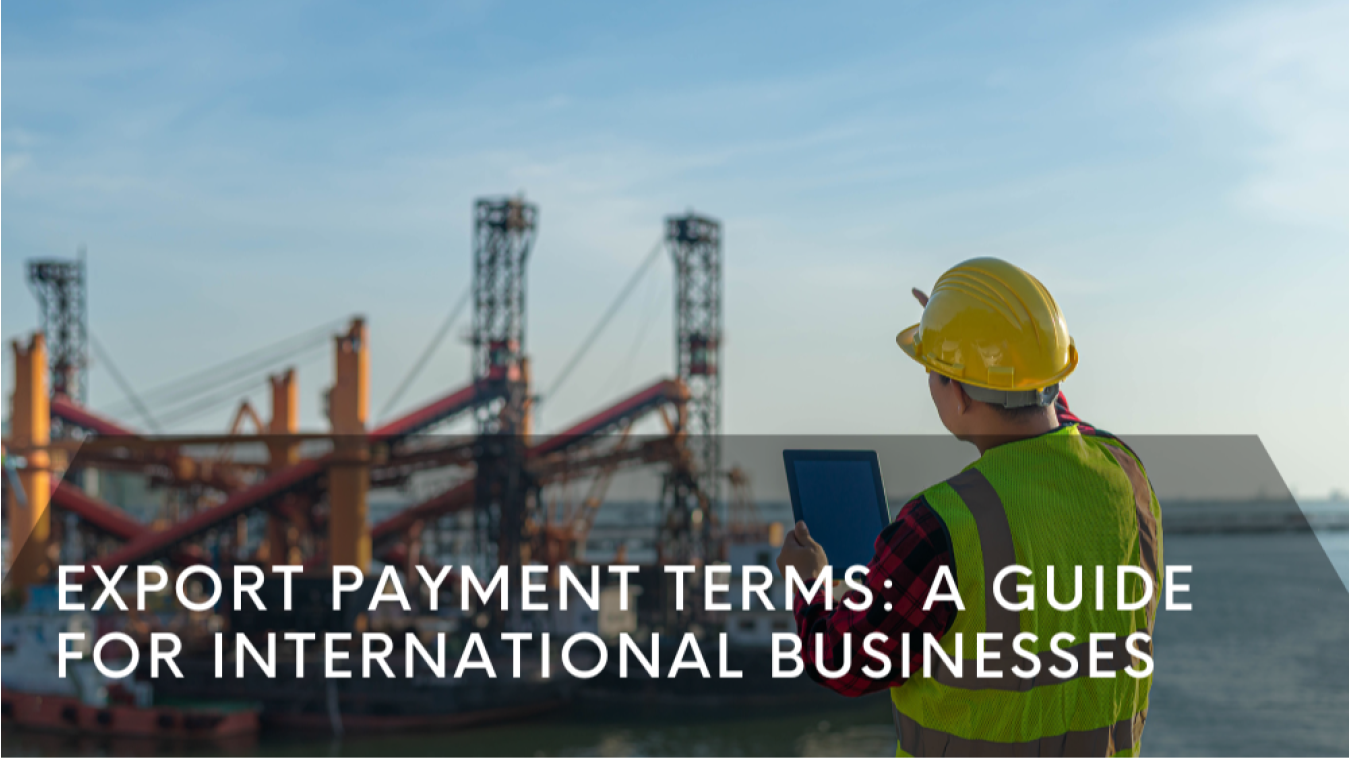
When exporting products or services to businesses in other countries, it's important to be aware of the different payment terms that may be used. In this blog post, we will discuss the most common payment terms used in international trade, and provide a guide for understanding them. By knowing what to expect, you can avoid any surprises and make sure that your business is protected when doing transactions with companies in other countries.
Cash in advance (CIAD)
The most common payment term used in international trade is "cash in advance” (CIAD). This means that the buyer has to pay for all or part of their order before the goods are shipped. While this may seem like a disadvantage at first, it’s actually one of the most secure payment terms available, since it eliminates the risk of not getting paid.
Free on board (FOB)
Another popular payment term is "free on board” (FOB). With this type of agreement, the buyer pays for the goods once they are loaded onto a ship or other transport vehicle. The seller takes responsibility for any losses or damages that occur during transit. This is generally considered to be a more secure payment term than CIAD, as the buyer is guaranteed that the goods have been shipped.
Cost and insurance freight (CIF)
Cost and insurance freight (CIF) is another commonly used payment term for international trade. With CIF, the seller pays for both the cost of the goods and any necessary shipping insurance. The buyer is then responsible for any additional costs or taxes incurred while transporting the goods. This payment term can be beneficial to both parties, as it ensures that neither side is taking on more risk than necessary.
Letter of Credit (L/C)
In some cases, buyers and sellers may use a letter of credit (L/C) to protect themselves when making payments. With an L/C, the buyer’s bank will guarantee payment to the seller on behalf of the buyer, provided that certain conditions are met. This can be a useful tool for businesses who want to ensure that their payments are secure, but it can also be more expensive and time-consuming than other payment terms.
Telegraphic Transfer(T/T)
Telegraphic transfer (T/T) is another payment method often used in international trade. With a T/T, the buyer sends money electronically to the seller’s bank, and the seller must then withdraw it from their account. This is generally considered to be a safer option than CIAD or FOB, as it eliminates the risk of non-payment.
Collections
In some cases, businesses may opt to use a collection service for international payments. This payment method involves having an intermediary collect payment on behalf of the seller, which can be beneficial if the buyer is located in a different country. However, this option can also be more expensive and time-consuming than other payment terms.
Online payment
With the rise of digital payment services, many businesses are now opting to use online payments for international trade. By using a secure service, buyers and sellers can make fast, secure payments without having to worry about currency exchange rates or other potential risks. This is suitable for small value purchases, as it’s fast and secure.
By understanding the different payment terms used in international trade, you can ensure that your business is protected when dealing with companies in other countries. Whether you choose to use CIAD, FOB, CIF, L/C, T/T, collections or online payment services for your transactions, you’ll be able to make sure that your payments are safe and secure.